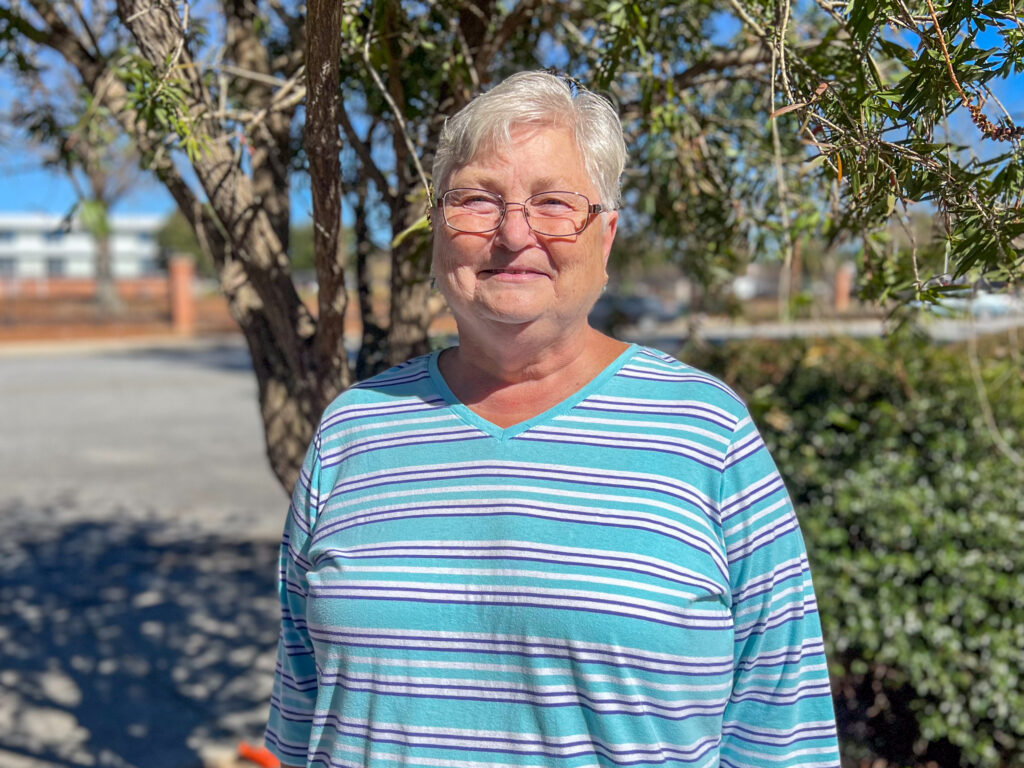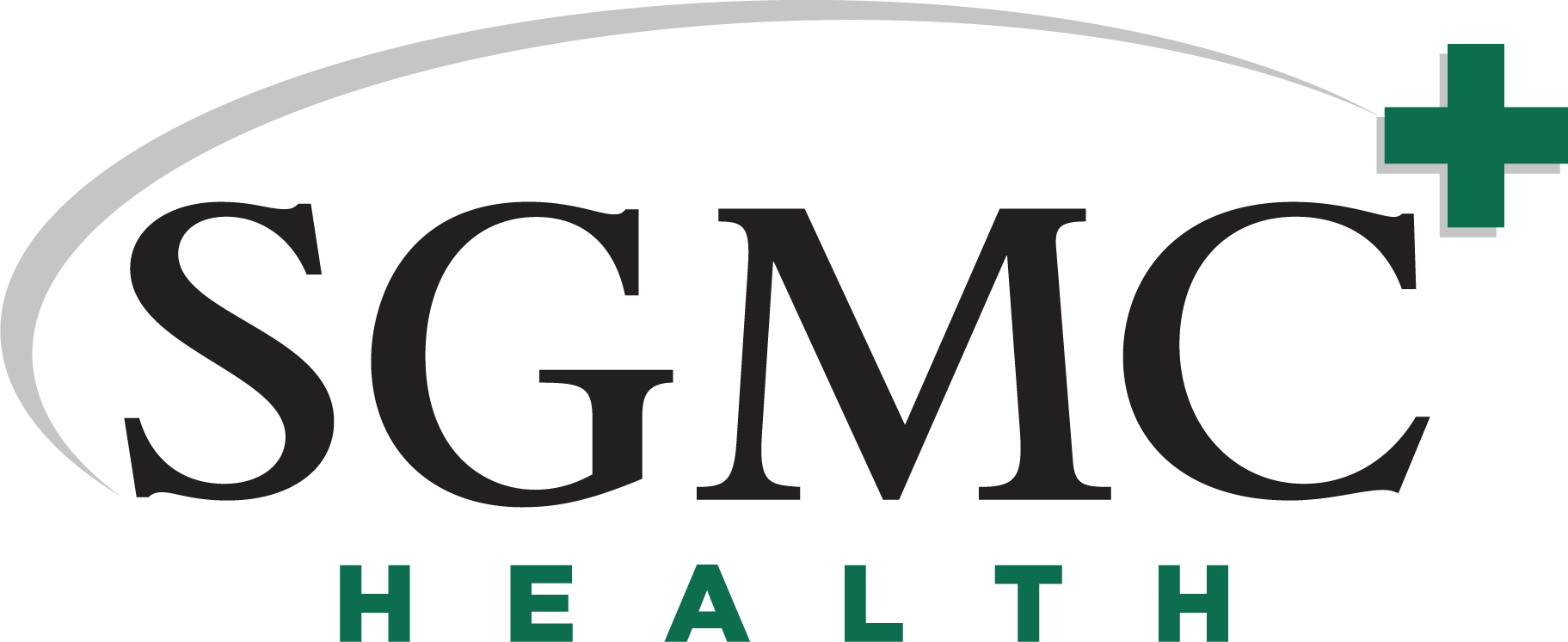
When 67-year-old Rita Watters began feeling tired all the time, she knew something was not right. Usually on the go, she began having no energy to do daily tasks. After only 5 minutes of doing something simple, she needed to sit down and catch her breath.
Rita admits that sometimes she hesitates to go to the doctor in the hope that things improve on their own. In this situation, things weren’t improving.
“I have to be really feeling bad to go to the doctor,” she shares. But when her concerning symptoms continued, she knew it was important to be evaluated. She made an appointment with her primary care physician, who then gave her a referral to SGMC Cardiology.
Rita had her initial appointment with cardiologist Michael Anigbogu, MD, to discuss her symptoms. He ran a series of tests to pinpoint the issue within her heart. An echocardiogram identified a dysfunctional aortic valve.
With this diagnosis, Dr. Anigbogu believed Rita was a candidate for transcatheter aortic valve replacement (TAVR) and referred Rita to SGMC’s Structural Heart Clinic.
At her first appointment with cardiothoracic surgeon Randall Brown, MD, the team discussed TAVR, a minimally invasive procedure that would replace Rita’s aortic valve without the need for open heart surgery.
They described the benefits of TAVR, including a less invasive procedure resulting in smaller incisions, less time spent in the hospital and overall faster recovery following aortic valve replacement. She took their advice and went ahead with the surgery. Interventional cardiologist Luke Seibolt, MD, performed the surgery alongside Dr. Brown and a team of surgical and imaging specialists.
The surgery was successful, and Rita stayed one night in the hospital to be monitored. The next morning, she was up and walking around. She ate breakfast, sat up in a chair, and was discharged home by lunchtime.
Once she got home, Rita spent most of that first day sleeping. The next day, she felt relief.
“I could tell immediately that I wasn’t as tired, and I didn’t even need to use any pain medicine during recovery,” she shared.
She was up and walking around, but she made sure to follow the doctor’s orders to not lift anything more than 5 pounds for the first two weeks. She jokes that she used that excuse to get out of doing laundry.
“I didn’t even feel like I had a major heart procedure,” she shares. “If I had done open heart surgery, I would’ve had closer to 8 weeks of downtime.”
Rita is grateful to be feeling back to her usual self, and she encourages anyone who may be having similar symptoms to seek care.
“Don’t wait. Go to the doctor,” she says. “You know you best.”
